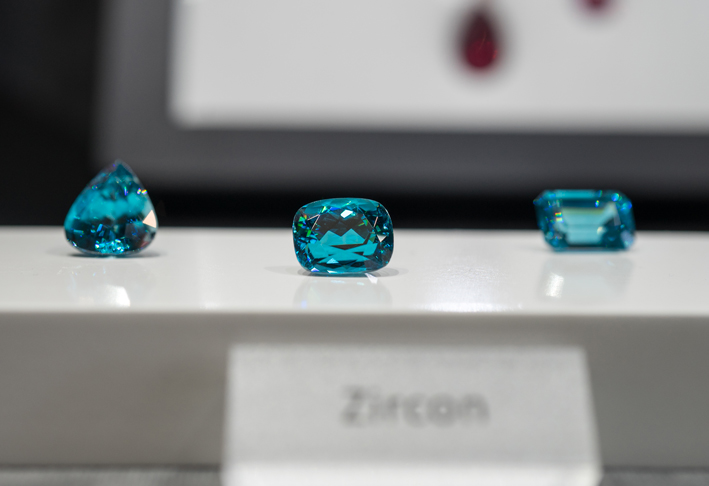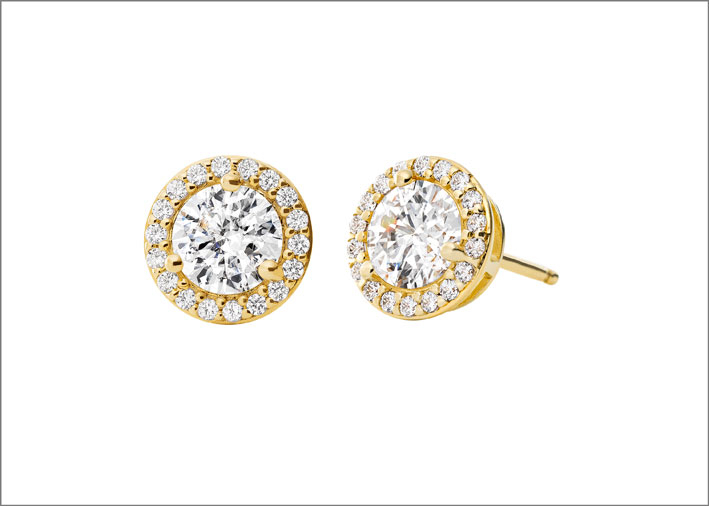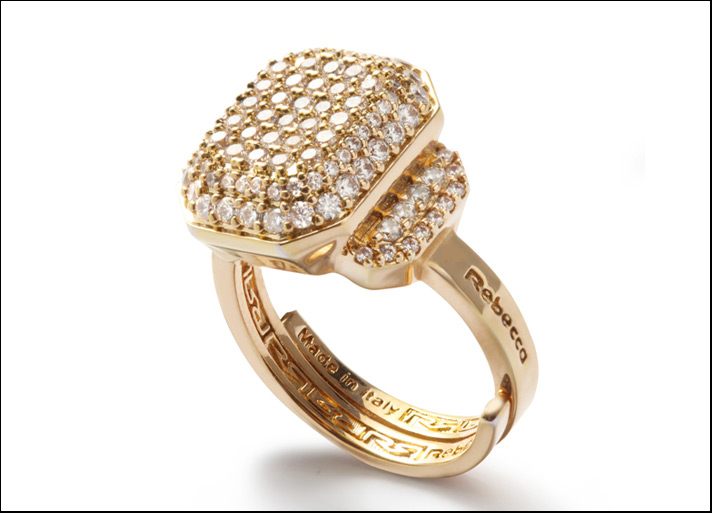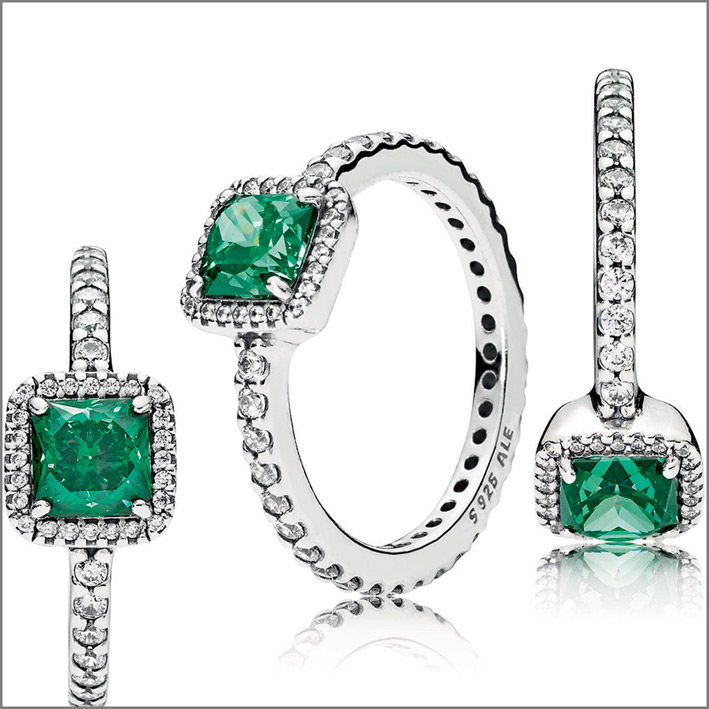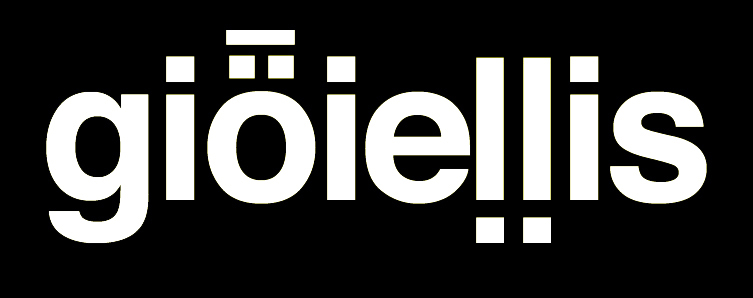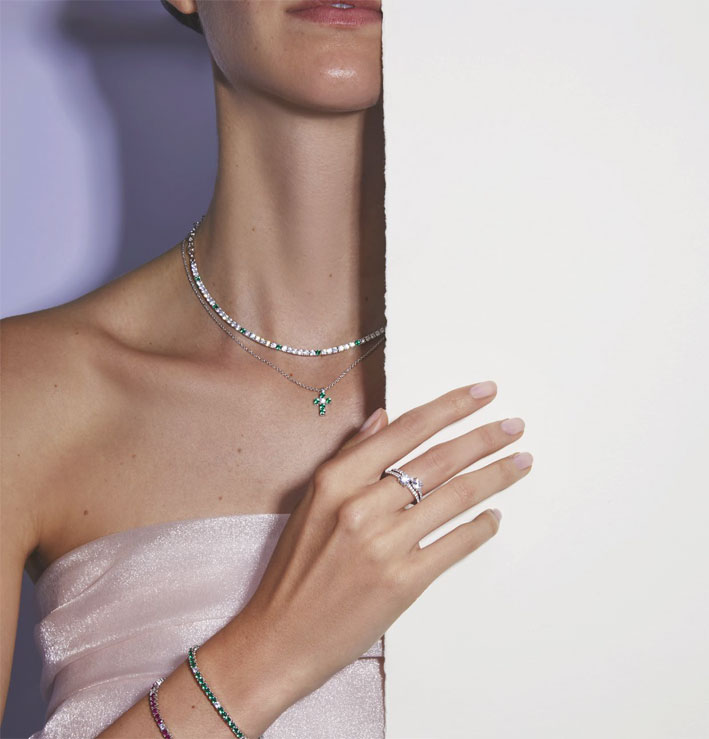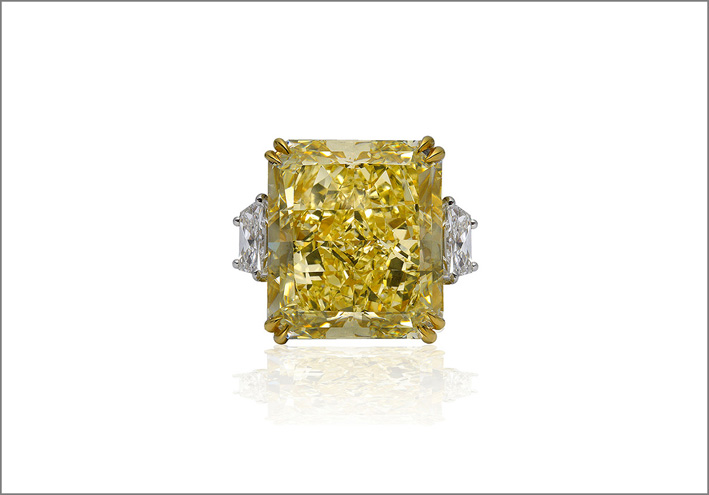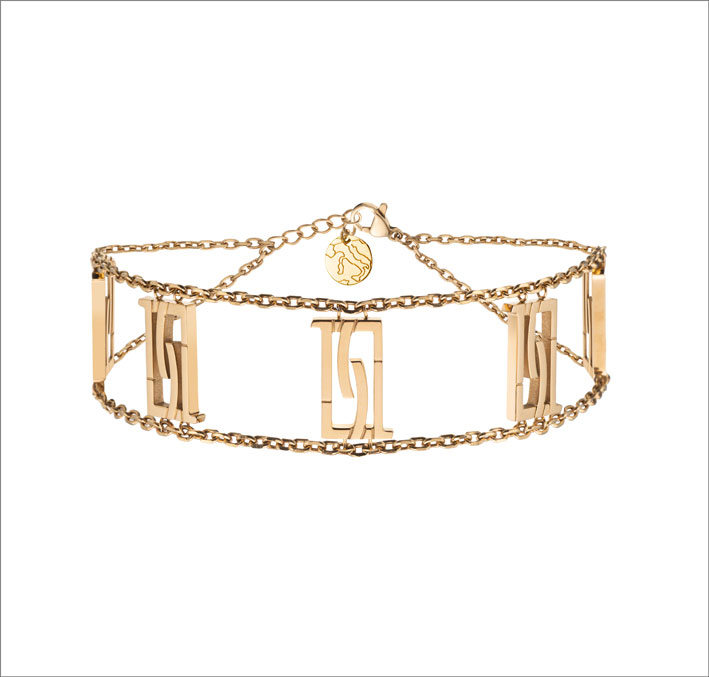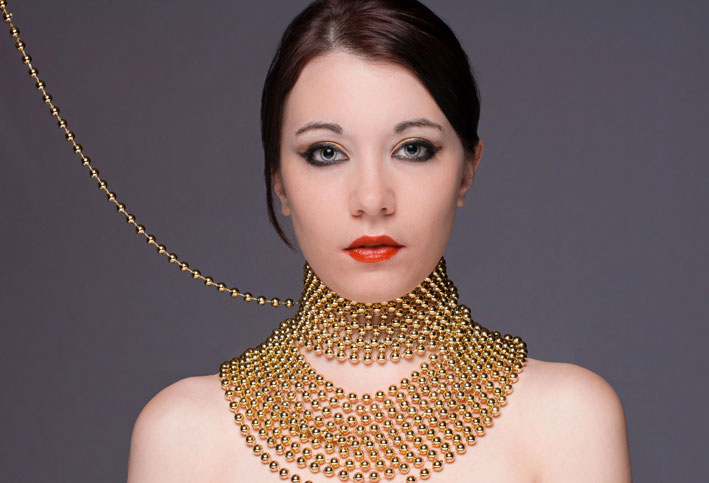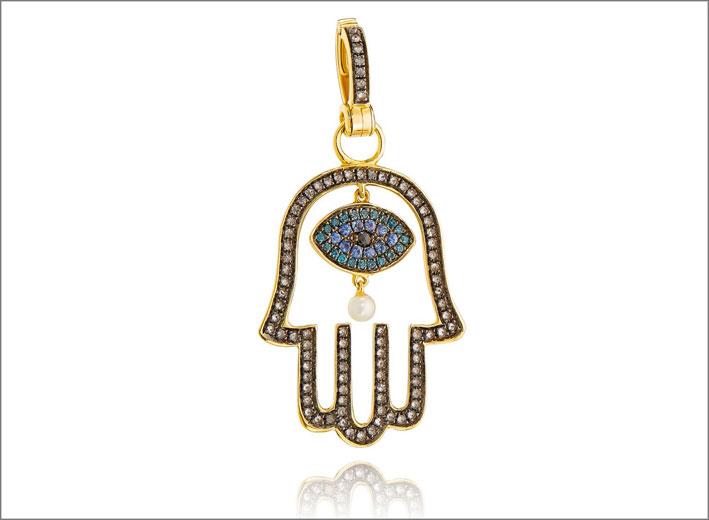Are you buying zircons or cubic zirconia? Many pieces of jewelry are sold with cubic zirconia crystals, which are synthetic stones that cost very little and look like diamonds. However, these crystals are usually sold as zirconia (don’t be fooled, real zirconia is something else). Here’s what you need to know about cubic zirconia and how it differs from real zirconia. ♦ ︎
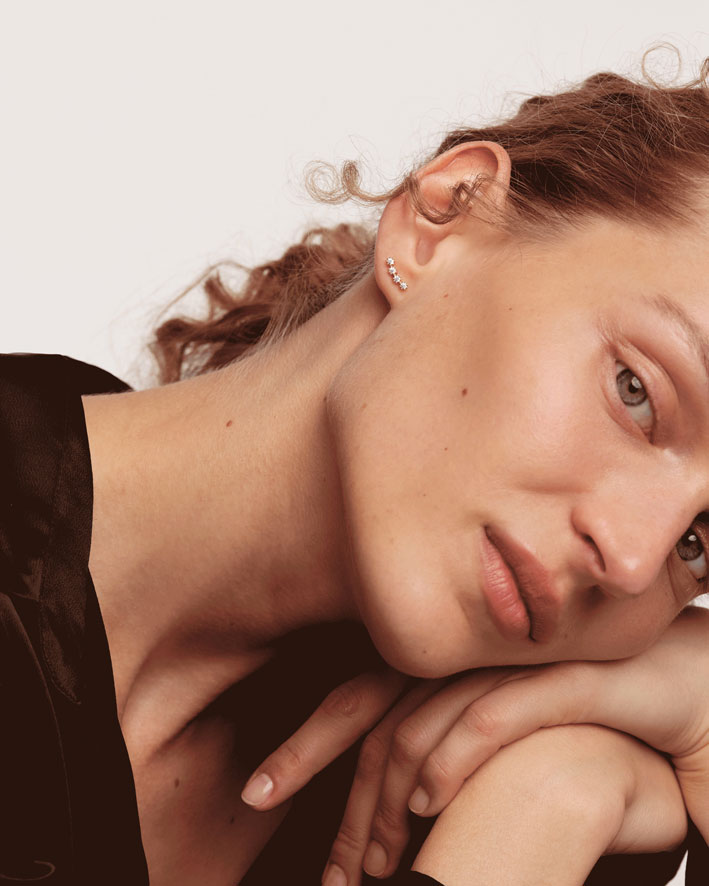
Diamonds or cubic zirconia? Those who cannot afford the most loved precious stones are often satisfied with their imitation: cubic zirconia, which is found on jewels that are cheap and shine just the same. But many have asked us to know more: what are the stones called cubic zirconia really? Here’s what you need to know about cubic zirconia, a widely used stone, for example by Pandora and many other jewelry brands with low prices. With a premise: these stones are often sold as zircons. But it is a different stone. Attention: cubic zirconias are also different from diamonds grown or created in the laboratory, which have a chemical structure completely the same as that of natural diamonds. Synthetic or laboratory diamonds cost less than natural diamonds, but much more than a cubic zirconia crystal.
Read also: Cubic zirconia or zircons? Here’s what to choose
Cubic zirconia is often referred to by the initials CZ. If you read CZ in the description of a jewel, then know that it is a synthetic material.

What is it
Cubic zirconia is obtained in the laboratory, it is not a natural stone. But it looks a lot like a diamond. On the contrary, those who are not experts will certainly confuse it as a diamond: it has the same appearance, it is cut simily. Not only that: in addition to the classic colorless appearance, it can also be colored and resemble fancy yellow or blue diamonds. Of course, if you then try to sell a cubic zirconia you will not receive much. Indeed, probably no jeweler will buy a ring with a cubic zirconia mounted.
Cubic zirconia was born in 1976 as a low-cost synthetic diamond. It is obtained by dissolving together a chemical element, zirconium, with zirconium dioxide powder and heating everything at a very high temperature. Since it is a synthetic stone, cubic zirconia is perfect: it does not have the inclusions or defects that can be found on a natural stone. Among other things, the CZ is almost as hard as a diamond: on the hardness scale of Mohs is to 8.5, while a brilliant is the most hard element of all and reaches 10.
How to distinguish a diamond from a cubic zirconia?
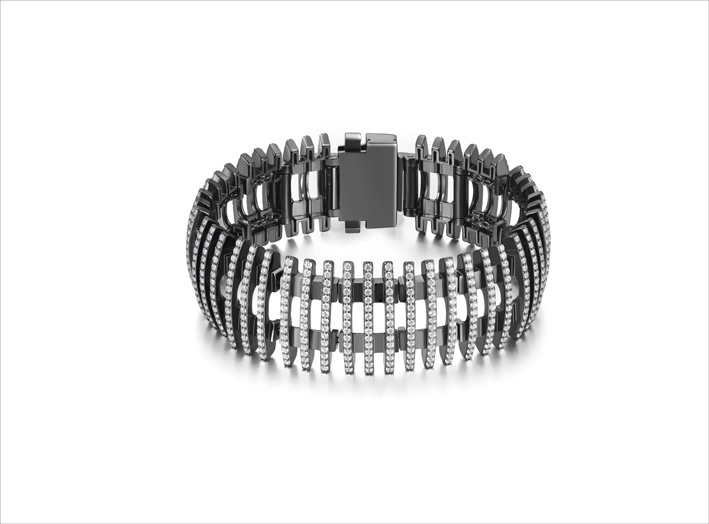
It is not easy for your eye, and even for a jeweler, who, however, carefully examining the stone with a microscope can identify whether it is synthetic or natural.
If you want to know if the ring that someone gave to you, is with diamond or a cubic zirconia you must necessarily subject the stone to some technical tests.
For example, diamonds are heat conductors, while zirconium oxide is an insulator. In theory, in sum, a diamond heats up before a zirconia. In practice, it takes special tools to ascertain it. Another aspect: hardness. To determine if it reaches 10 or stops at 8.5 without ruining the stone, also in this case it need laboratory instruments. A spectrometer also checks the density of the stone: cubic zirconia is 1.7 times denser than a diamond. Another aspect: the index of refraction: the diamond crossed by a light ray has an index of 2.42 with respect to zirconia, which stops at 2.15-2.18. Then there are other aspects, such as dispersion and color. Cubic zirconia, paradoxically, is almost always more perfect than a diamond. The natural ones on the market, with the exception of exceptions, have a classification lower than the maximum level.
Read also: Diamonds: 4 rules to avoid scams
The price
Cubic zirconia are synthetic stones with a much lower price than a diamond. But, as for natural stones, their cost depends on weight, that is carats. Moreover, not all cubic zirconia are equal: there are some that are better and, therefore, cost more. Finally, do not confuse cubic zirconia, or zircons, with diamonds created in the laboratory, which are much more expensive and almost indistinguishable from natural stones. The real zircons, however, the ones you see in the image below.
